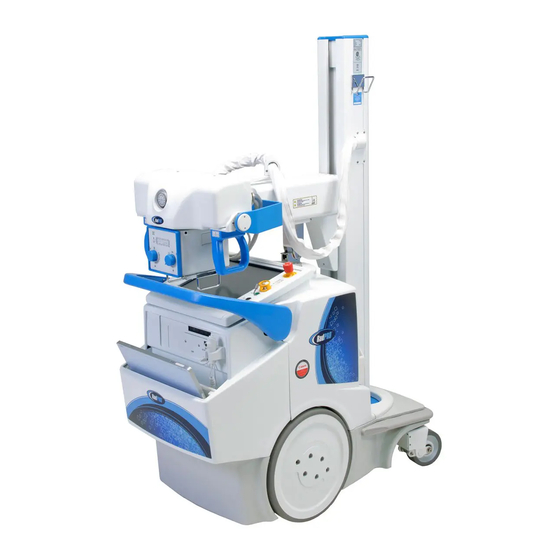
Table of Contents
Advertisement
C
X
D
C
X
D
S
e
r
v
S
e
r
v
C
o
p
y
r
i
g
h
t
(
C
)
C
a
n
o
n
I
n
c
.
C
o
p
y
r
i
g
h
t
(
C
)
C
a
n
o
n
I
n
c
.
I
-
6
0
G
I
-
6
0
i
c
e
M
i
c
e
M
C
C
a
a
n
n
o
o
n
n
I
I
n
n
c
c
.
.
J
J
a
a
p
p
a
a
n
n
M
e
d
i
c
a
l
T
e
c
h
n
i
c
a
l
S
e
r
v
i
c
M
e
d
i
c
a
l
T
e
c
h
n
i
c
a
l
S
e
r
v
i
c
P
r
i
n
t
e
d
P
r
i
n
t
e
d
J
J
u
u
l
l
.
.
Confidential
/
6
0
C
G
/
6
0
a
n
u
a
a
n
u
e
D
e
p
t
.
A
l
l
r
i
g
h
t
s
R
e
s
e
r
v
e
e
D
e
p
t
.
A
l
l
r
i
g
h
t
s
R
e
s
e
r
v
e
b
y
C
a
n
o
n
I
n
c
.
b
y
C
a
n
o
n
I
n
c
.
2
2
0
0
0
0
9
9
R
R
e
e
v
v
.
.
0
0
1
1
C
l
a
l
d
.
d
.
Advertisement
Chapters
Table of Contents










Need help?
Do you have a question about the CXDI-60G and is the answer not in the manual?
Questions and answers